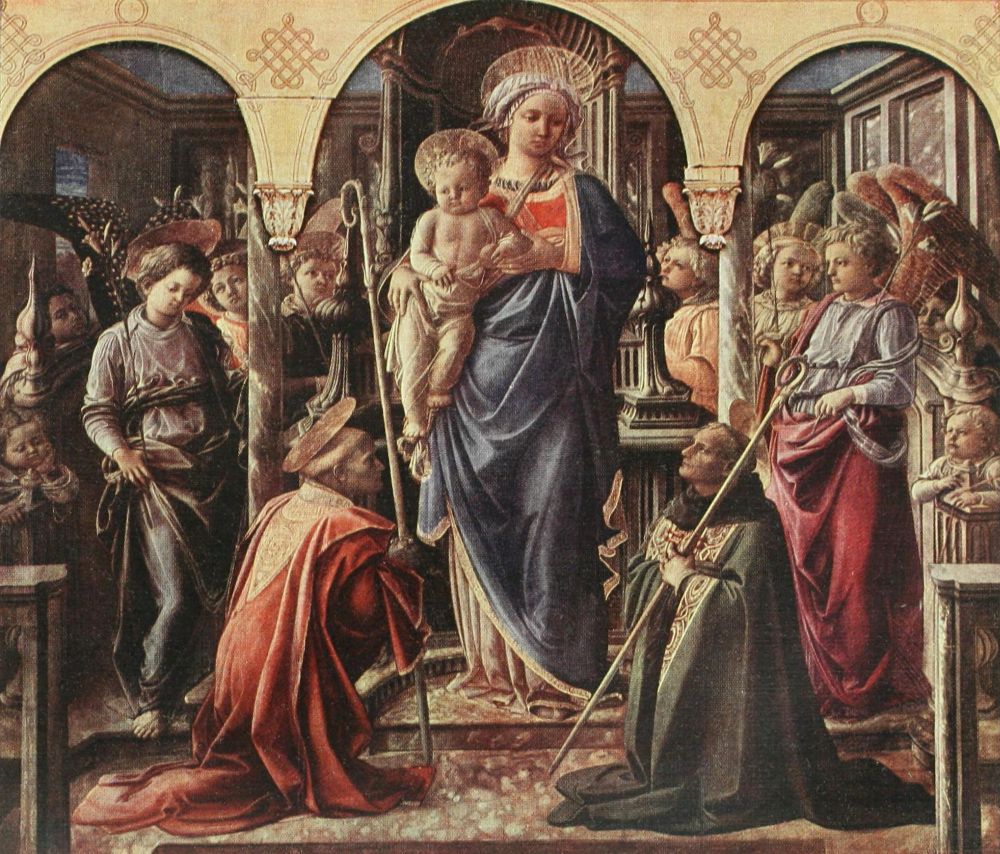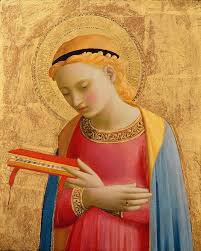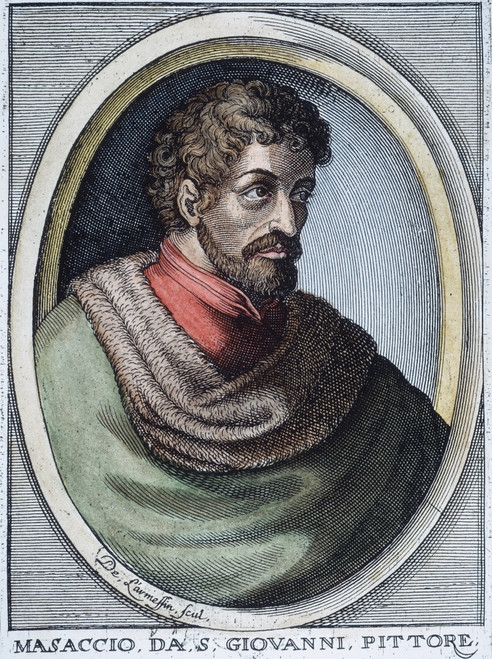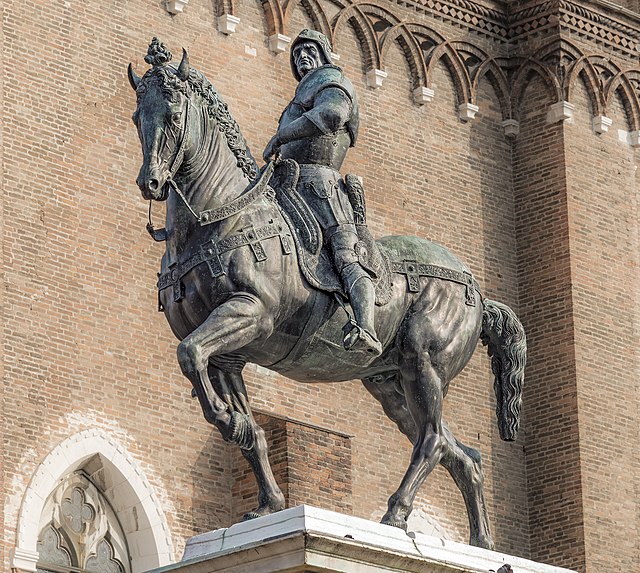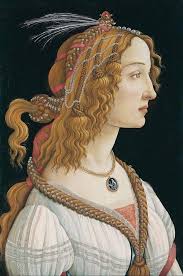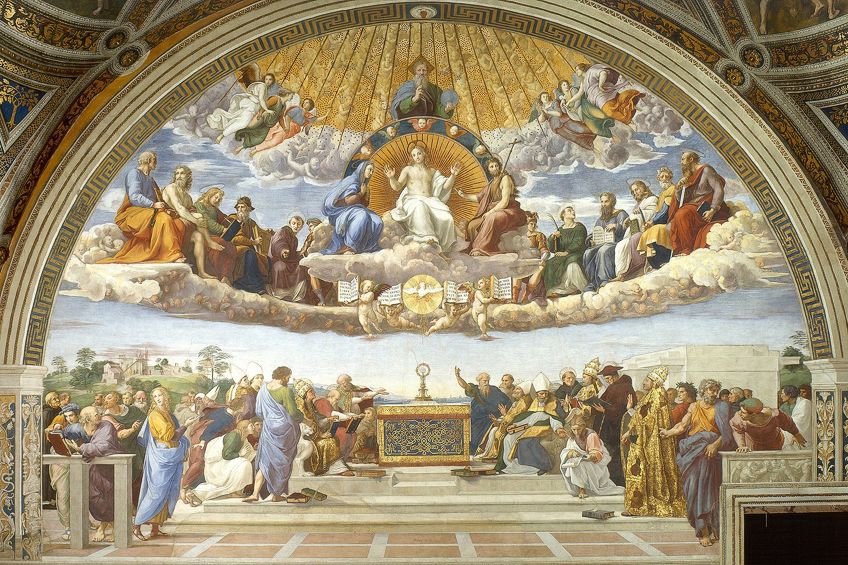Filippo Lippi
Young Filippo
Filippo Lippi was the son of a butcher named Paoluccio and spent much of his youth in Prato, Italy, where he received training as a goldsmith. He later decided to become an artist and traveled to Florence in 1421 to study. Although Filippo's father objected to this career choice, he did allow his son to work on his artworks.
The Brancacci Chapel
In 1431 artist was commissioned to paint frescoes in the Brancacci Chapel of the Carmine church in Florence. Working with Masaccio and Masolino da Panicale, Lippi completely transformed the late Gothic style of the chapel into a new Renaissance style with his use of perspective and three-dimensional modeling. There he painted the frescoes illustrating the life of St. Peter Martyr that still adorn the chapels on either side of the high altar (1431–35). In these works, Lippi demonstrated his mastery of perspective and composition and developed a new feeling for color that became characteristic of his style: bright pink, green, blue, gold, and white are used to lighten and enliven the forms. When not working on the frescoes in the Brancacci Chapel, Lippi painted portraits and decorative panels for churches and private patrons.
Frescoes
In about 1456, Lippi was commissioned to paint the choir of the Prato cathedral with frescoes depicting the lives of St. Stephen and St. John the Baptist. He completed only four scenes before leaving for Spoleto to work on a fresco series in the Cathedral of San Fiorenzo. There he painted The Coronation of the Virgin, now one of his best-known works. It shows his interest in human emotion and expressions as well as in large figures disposed against a landscape background. In this work, Lippi also began to use oil paint to increase the subtlety of flesh tones.
